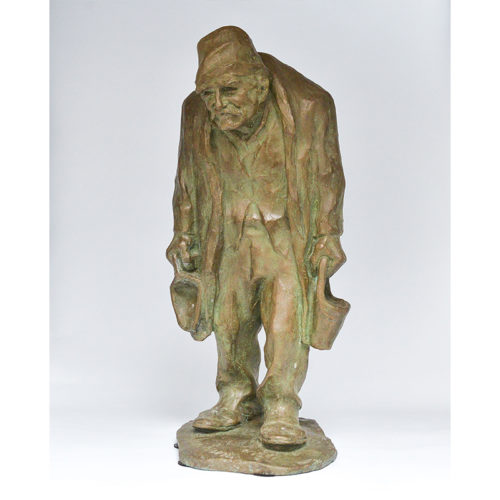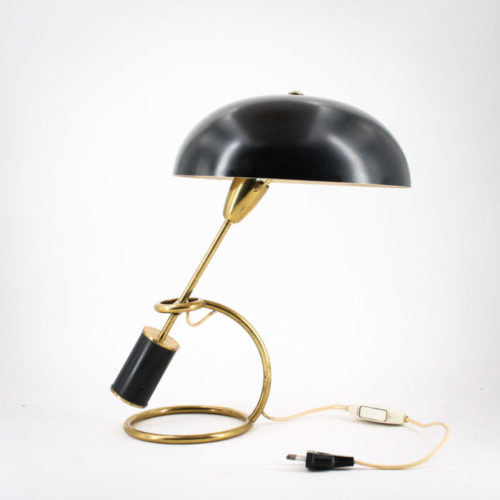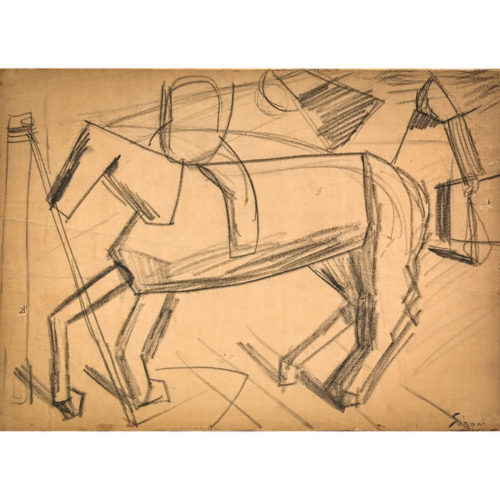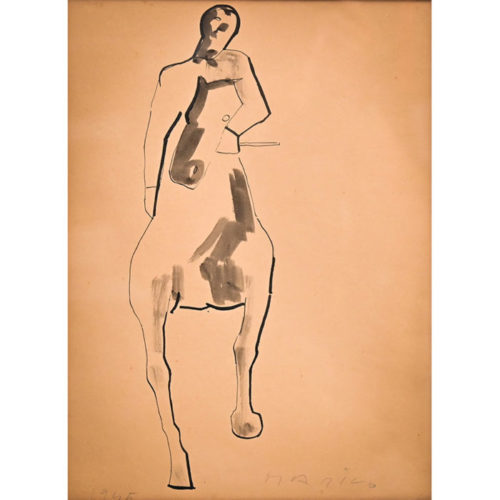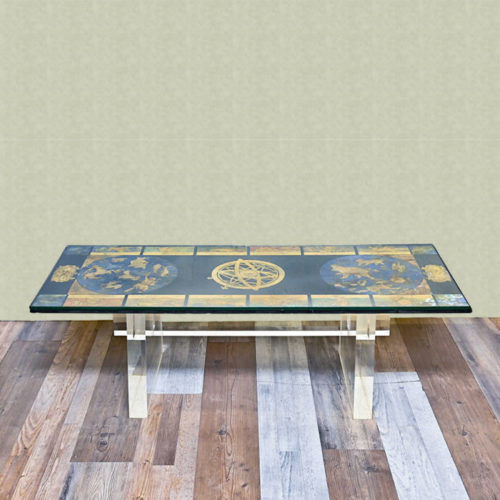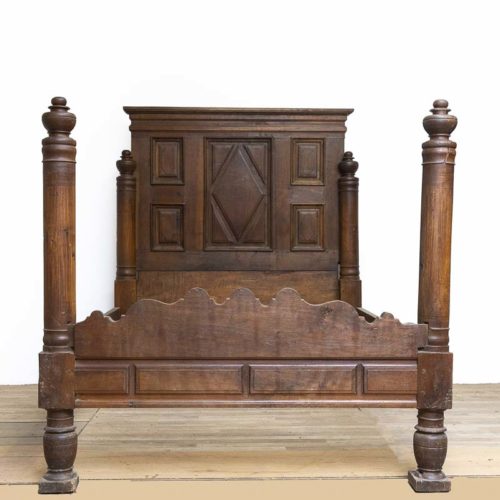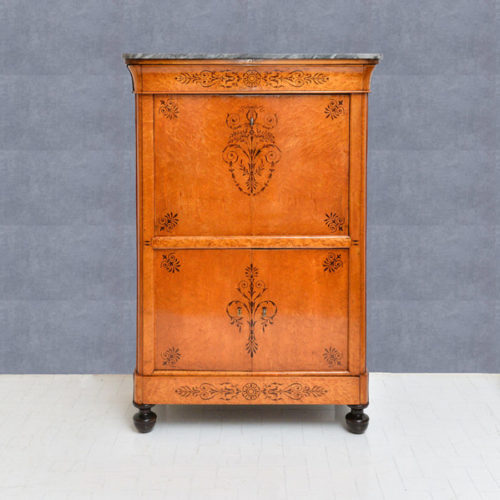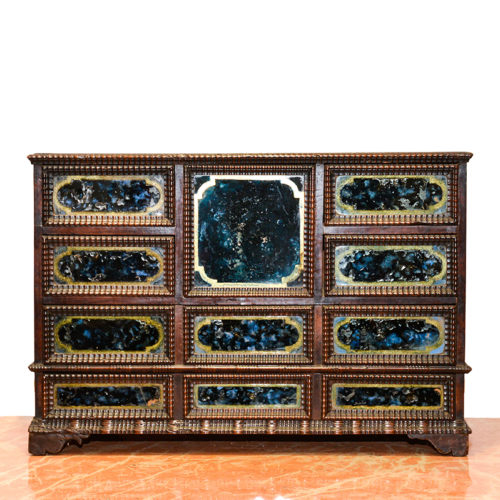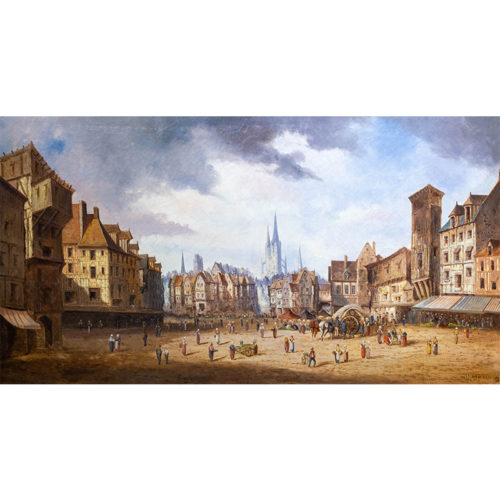Bronze sculpture by Sandrun entitled "My teacher Tòni dël Fatin". Perfect in patina, excellent condition
This work is present in Sandrun's monograph and contains the following description:
"His master? Of course" Tòni dël Fatin ", friend of the artist, who died hit by a car right in front of the church of Cossila San Grato, was his teacher. And it was just as the student modeled it in clay and then cast in bronze. An angular, wise, ironic little man, humbled by the weight of years and misery. He had a lot of influence on our Franceschino, especially on the way we relate to the real world, to nature, to men. Like the Greeks , Sandrun also tried to bring out their personality from these figures, not only by working on the face, but also on the body and on the attitudes that life forces us to assume "
Period: 1965
Measurements: H 60 x W 35 x D 29 cm
